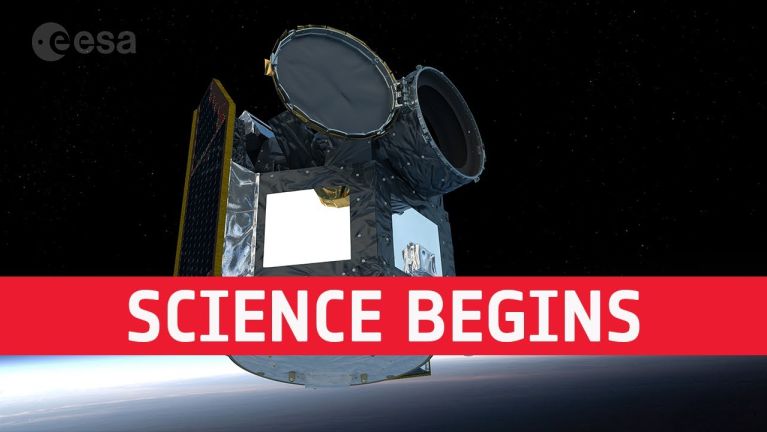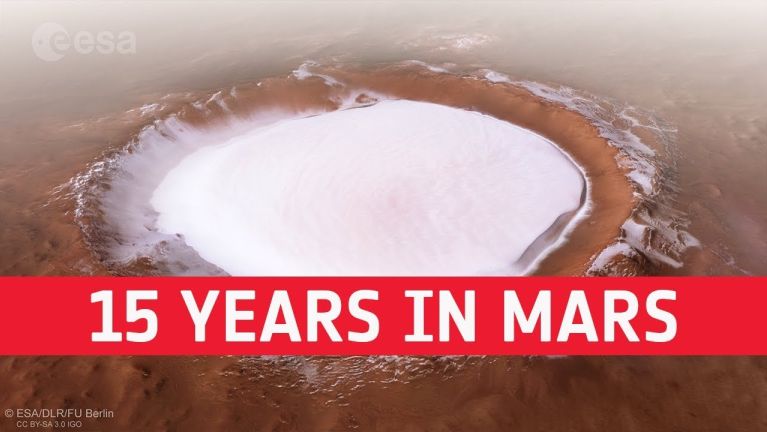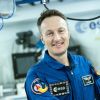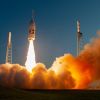Cutting-edge technology for space
From a super-telescope to the Mars camera: technology developed in Germany is helping humans explore the universe.
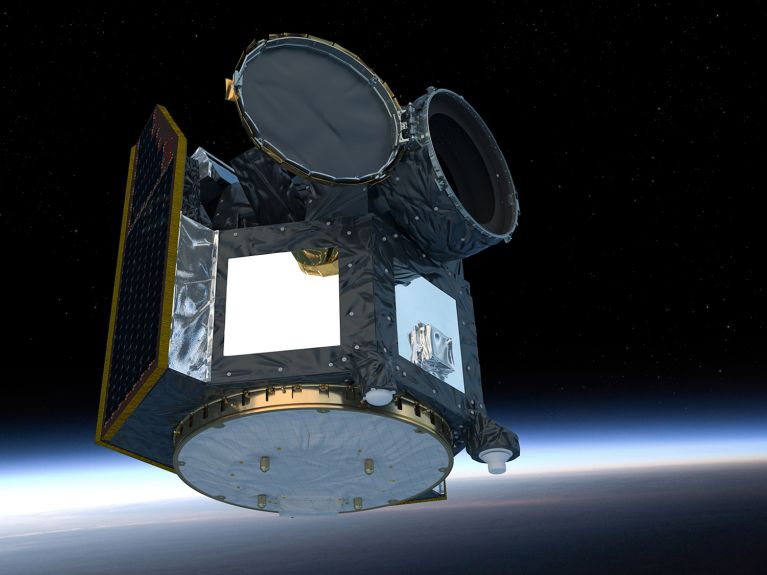
Gazing into the universe: precision for Cheops
ESA's Cheops space telescope observes planets outside our solar system; it might even discover an Earth-like planet one day. The high degree of precision and stability the telescope needs is guaranteed by a so-called focal plane module. This was developed by the Institute for Optical Sensor Systems at the German Aerospace Centre (DLR) in Berlin. It contains, among other things, temperature-control instruments which compensate for minimal fluctuations in temperature that can disturb the observation process. The Cheops sensor is thus able to record unimaginably weak differences in brightness of 20 millionths – a prerequisite for discovering planets that are not self-luminous.
Dieses YouTube-Video kann in einem neuen Tab abgespielt werden
YouTube öffnenThird party content
We use YouTube to embed content that may collect data about your activity. Please review the details and accept the service to see this content.
Open consent formEarth observation from space: strong satellite duo
They have been orbiting the Earth together since 2010: the TanDEM-X satellite and its counterpart TerraSAR-X, which was launched three years earlier. TanDEM-X enables specific changes in the Earth's surface to be studied with the help of repeated images. This makes worldwide glacier ice melting both visible and measurable. Together with TerraSAR-X, TanDEM-X makes it possible to create an extremely accurate global elevation model of the Earth's entire land mass. Future surveys will also focus on permafrost regions, on forest areas to track deforestation, and on 2,000 cities worldwide for the continuous mapping of urban settlement areas.
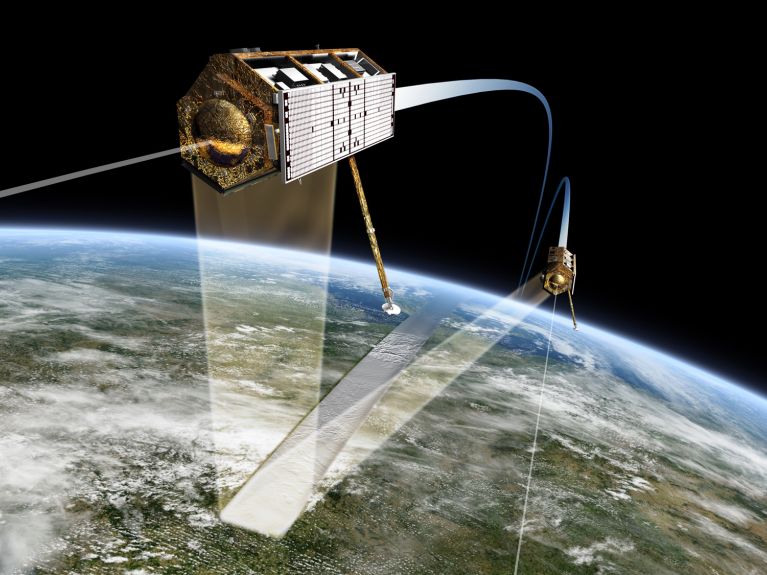
Images of Mars: from Berlin to the Red Planet
The High Resolution Stereo Camera (HRSC) was developed at the DLR's Institute of Planetary Research in Berlin. Since 2004, the camera on board ESA's Mars Express spacecraft has been mapping the planet with unprecedented resolution, in three dimensions and in colour. The data obtained in this way are an important source of information for future Mars research. The knowledge gained during the mission to date has already massively changed our picture of the Red Planet's geological development.
Dieses YouTube-Video kann in einem neuen Tab abgespielt werden
YouTube öffnenThird party content
We use YouTube to embed content that may collect data about your activity. Please review the details and accept the service to see this content.
Open consent formYou would like to receive regular information about Germany? Subscribe here:
